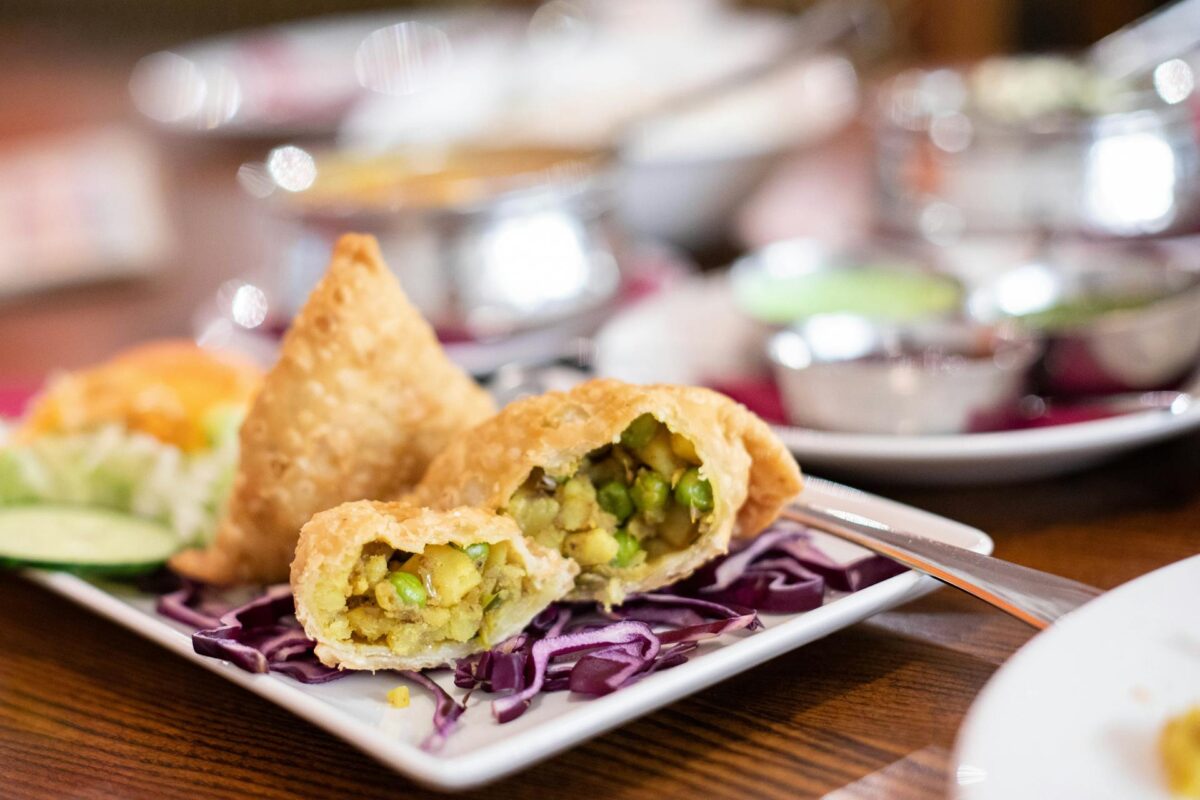In the competitive world of dining, a restaurant’s success isn’t solely determined by the quality of its food. While delicious dishes are undoubtedly important, the intangible energy vibes radiated by various factors within the restaurant play a crucial role in creating a memorable experience for diners. These energy vibes—emanating from the ambiance, staff behavior, and cleanliness—collectively shape the restaurant’s identity and make it a favorite food destination. Let’s explore how these elements work together to create a magnetic pull that keeps customers coming back for more.
1. The Energy of Interior Ambiance: Setting the Mood
The moment a customer steps into a restaurant, they are greeted by the energy of its interior ambiance. This is the first impression, and it sets the tone for the entire dining experience. The lighting, decor, music, and overall design radiate energy vibes that can either uplift or dampen a diner’s mood.
- Lighting: Soft, warm lighting creates a cozy and inviting atmosphere, perfect for intimate dinners or relaxed gatherings. On the other hand, bright, vibrant lighting can energize the space, making it ideal for casual or fast-paced dining.
- Decor: Thoughtfully chosen decor elements, such as artwork, plants, or cultural motifs, can evoke emotions and tell a story. A well-designed space radiates positive energy, making diners feel connected to the restaurant’s identity.
- Music: The right playlist can elevate the dining experience. Calm, soothing melodies create a serene vibe, while upbeat tunes can infuse energy and excitement into the atmosphere.
When these elements harmonize, they create a vibe that resonates with diners, making them feel comfortable, inspired, and eager to return.
2. The Energy of Staff Behavior: The Heartbeat of the Restaurant
The energy radiated by the restaurant staff is perhaps the most dynamic and impactful factor in shaping the dining experience. A warm smile, a friendly greeting, or attentive service can instantly elevate a customer’s mood and create a sense of belonging.
- Pleasant Behavior: Staff who are genuinely kind, courteous, and enthusiastic radiate positive energy. Their attitude can turn an ordinary meal into a delightful experience, leaving customers feeling valued and appreciated.
- Attentiveness: When staff are attentive to diners’ needs without being intrusive, it creates a seamless and enjoyable experience. This balance of professionalism and warmth fosters a welcoming vibe.
- Team Synergy: The way staff members interact with each other also contributes to the overall energy. A cohesive, happy team radiates a sense of harmony that diners can feel, enhancing their comfort and satisfaction.
The energy of the staff is contagious—it can uplift the entire restaurant, creating an atmosphere of joy and positivity that diners are drawn to.
3. The Energy of Cleanliness and Hygiene: A Foundation of Trust
Cleanliness and hygiene are non-negotiable aspects of any successful restaurant, but they also radiate a subtle yet powerful energy that influences diners’ perceptions. A spotless environment conveys care, professionalism, and respect for customers’ well-being.
- Visual Cleanliness: A clean dining area, sparkling tables, and spotless cutlery create a sense of order and tranquility. This visual cleanliness radiates a calming energy, allowing diners to relax and enjoy their meal without distractions.
- Hygiene Standards: High hygiene standards, especially in open kitchens or food preparation areas, reassure diners about the quality and safety of their food. This trust-building energy is essential for creating a loyal customer base.
- Scent: A fresh, pleasant scent in the restaurant (free from overpowering food odors or cleaning chemicals) adds to the overall vibe. It subtly enhances the dining experience, making it more enjoyable.
When cleanliness and hygiene are prioritized, they radiate an energy of reliability and care, making diners feel safe and valued.
The Synergy of Energy Vibes: Creating a Magnetic Dining Experience
The true magic happens when these energy vibes—ambiance, staff behavior, and cleanliness—come together in harmony. A beautifully designed space with warm lighting and soothing music sets the stage. Friendly, attentive staff bring the experience to life with their positive energy. And a clean, hygienic environment ensures that diners feel comfortable and cared for throughout their visit.
This synergy creates a magnetic pull that transforms a restaurant from a mere eating place into a favorite food destination. Diners don’t just come for the food; they come for the experience—the energy that makes them feel good, relaxed, and connected.
Final Thoughts : Energy Vibes as the Secret Ingredient
In the world of dining, energy vibes are the secret ingredient that sets exceptional restaurants apart. They are the invisible force that shapes emotions, builds connections, and leaves a lasting impression. By focusing on the energy radiated by the ambiance, staff behavior, and cleanliness, restaurant owners can create a space that not only serves great food but also nourishes the soul. It’s this holistic experience that turns first-time visitors into lifelong patrons, making the restaurant a beloved food destination.
Image Credit : Photo by Jorge Urosa










